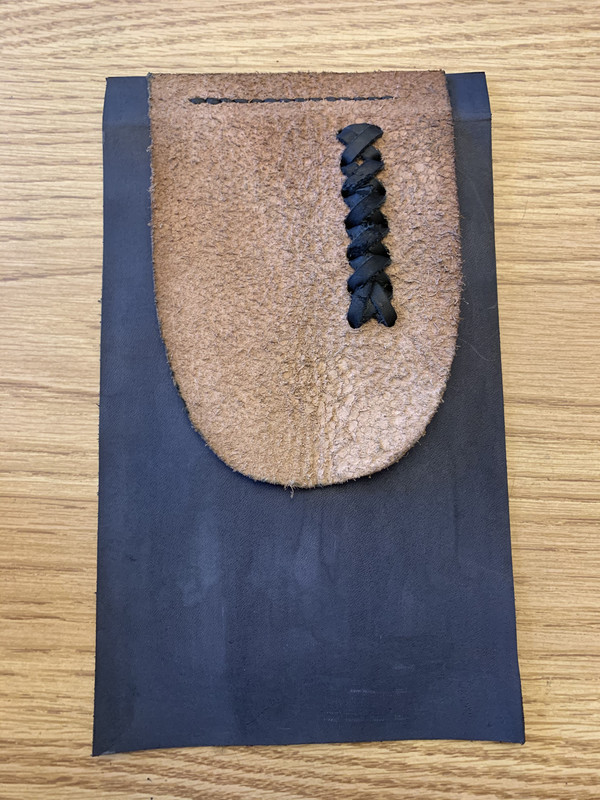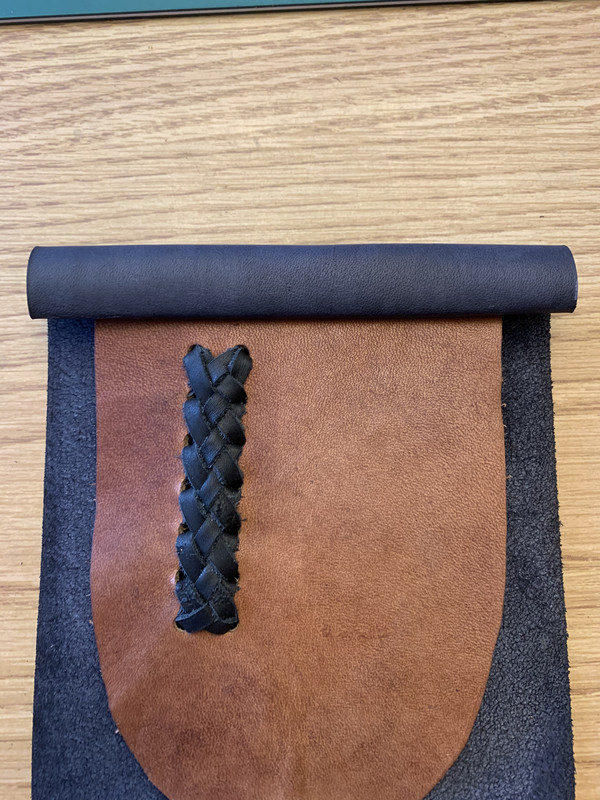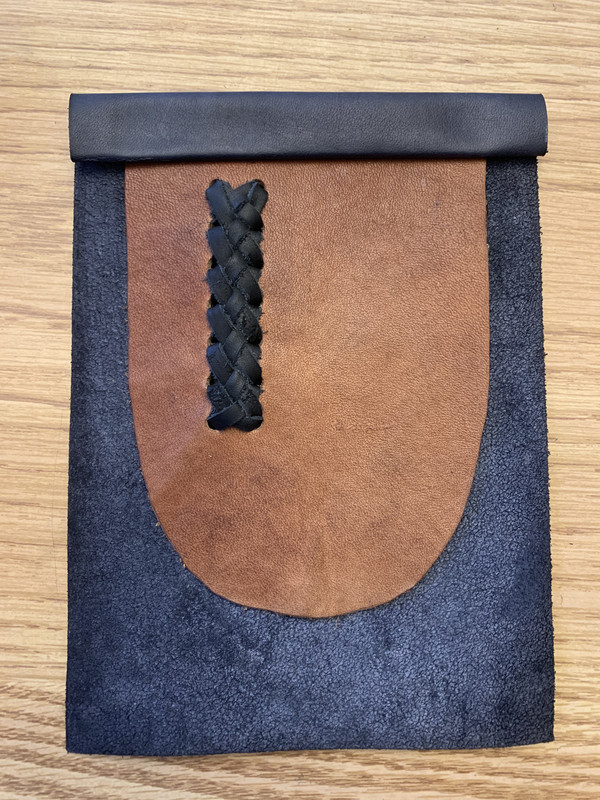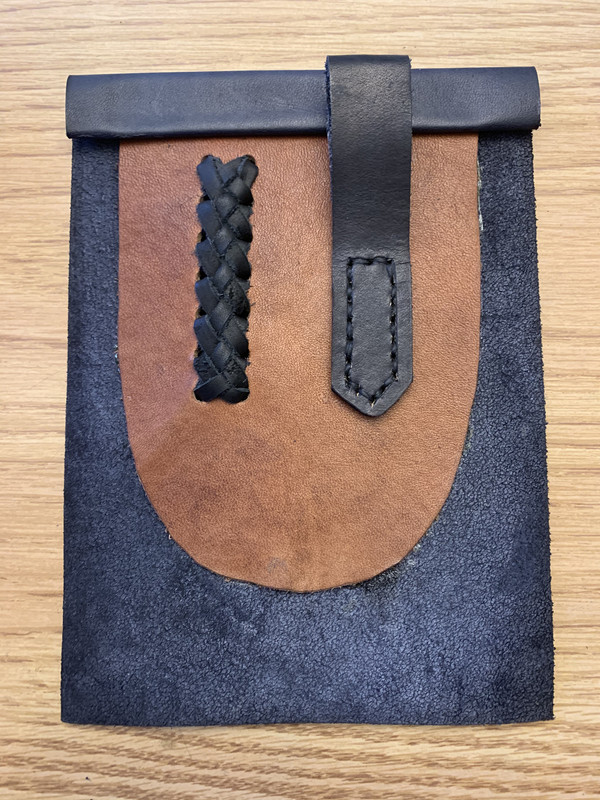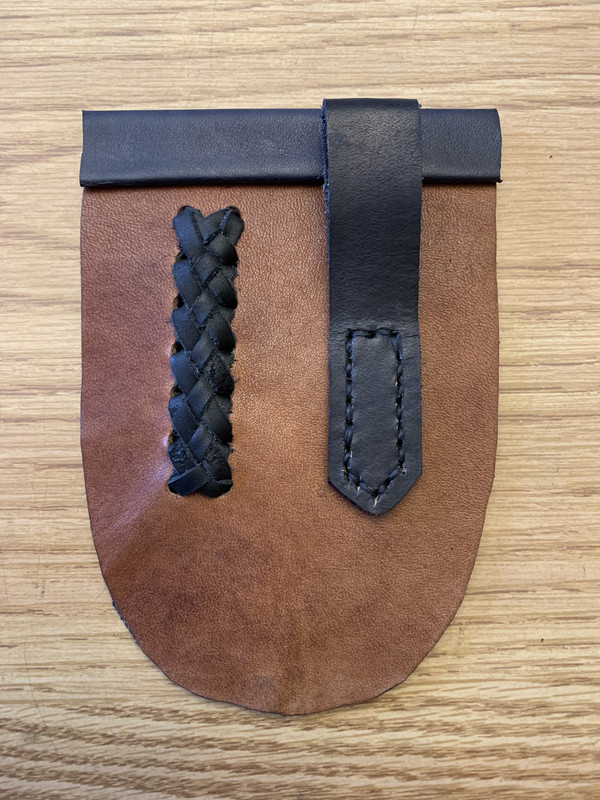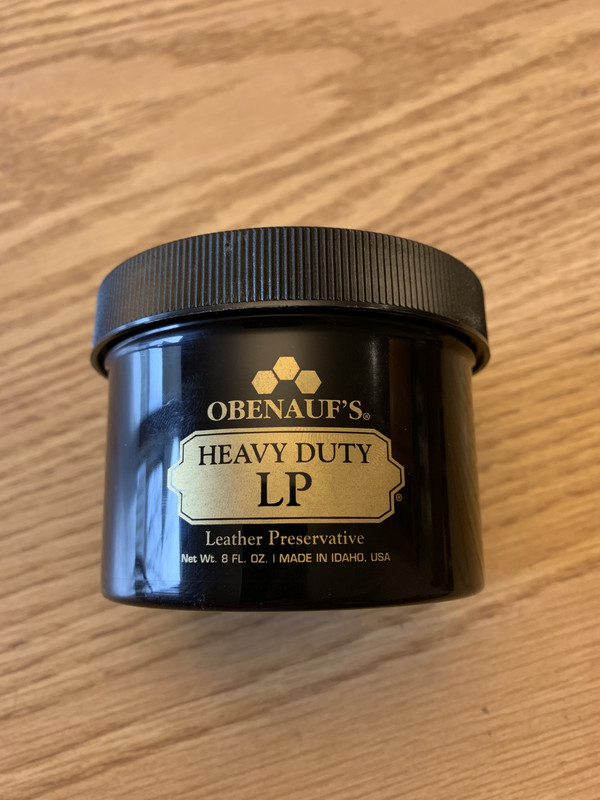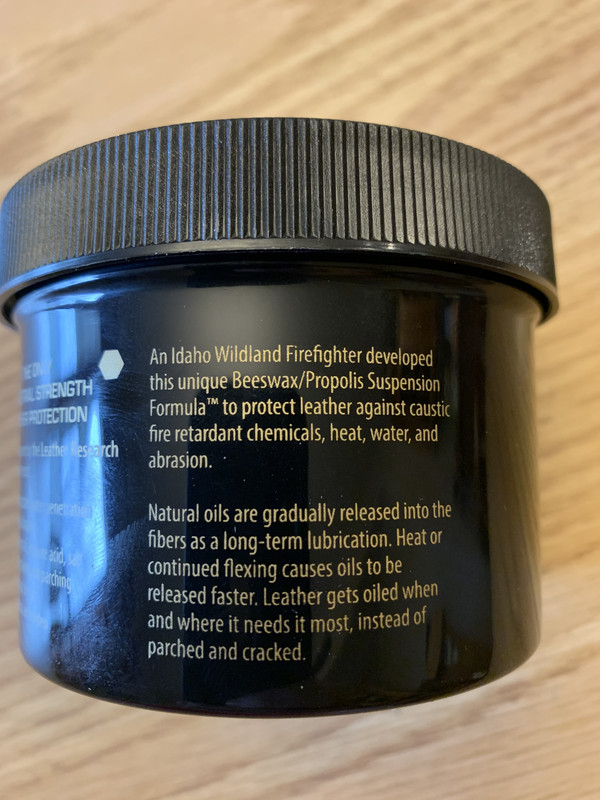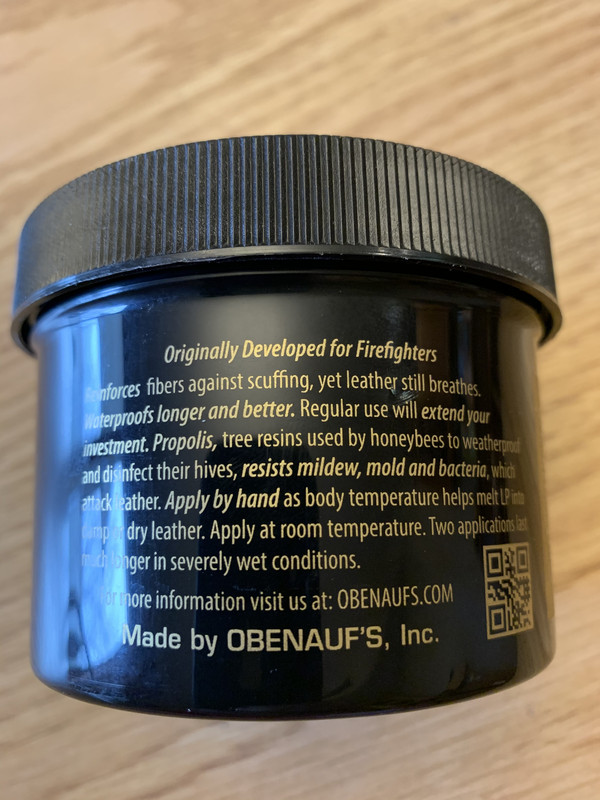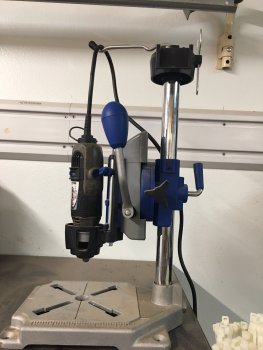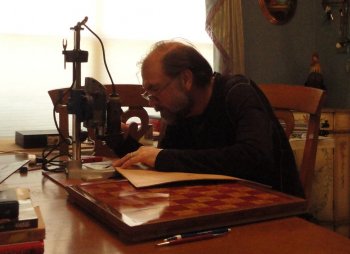O.K., some tips of my own:
I use a small hardwood dowel chucked into my small bench drill press to burnish. I think I will try the brass rod and see how that works, or maybe a piece of SS. The nice thing about the dowel is that I can cut grooves in it to match the profile of whatever I am burnishing.
For finish burnishing on the edge of sheaths I use Yankee wax in black or brown. Comes in a unusual triangular stick and imported from Germany. Better than gum imho.
For dyeing leather do not use the applicators. Use a piece of cheap sponge. Use rubbing alcohol to soak the leather then apply Fiebrings....it will penetrate better. For big pieces use a spray bottle from the garden supply shop.
For good black finish use Fiebrings USMC black dye.
For good shiny finish I use Chicago or Butchers wax and work it into the stitching, then buff out. For leather preservation, dressing and maintenance I use nothing but Obenaufs out of Idaho. Used by wildland firefighters to preserve their boots and gear. Awesome stuff. Nothing better. Don't use neatsfoot oil.
For an awesome assortment of every sort of leather hardware imaginable go to Chicago Luggage on the net.
Use the heavy paper used in lining briefcases for patterns. Much stiffer and more durable than manila folders and can be kept for patterns. Keep all your patterns! This heavy paper is available at Springfield Leather in Springfield, MO. They are on-line and great folks to deal with.
Don't buy an antique sewing machine. Don't buy the Boss from Tandy. Hand stitching is great, but when several sheaths have to get out the door nothing beats a machine! If you do hand stitch buy or build a stitching pony.
Don't buy Barge cement from leather supply houses......buy rubber contact cement at the hardware store. Same stuff and much cheaper. Buy small or med. can as it will dry out.
Use bulldog paper clamps as mini-vises to hold leather while it dries. Apply painters tape to jaws to prevent staining leather.
Use the large size xacto knives, not the small pen sized and your hands will thank you. Don't be afraid to sharpen the blades on a diamond stone.
For heavy leather use a good leather round head knife. Worth their weight in gold. Keep it sharp and make a sheath for the knife.
A small bench sized drill press is your very good friend.
Better to buy a few good tools and add to them every month than buy cheap crap. Don't ask why I know this. Osborne tools ....made in the U.S.....good stuff. Not cheap.
It is old school, but I wet sheaths and place knives inside after wrapping in saran wrap for an absolute shrink fit. Custom fit.
I use my contact wheel on knifemakers grinder to contour and smooth edges of sheaths. Use it to round over edges.

